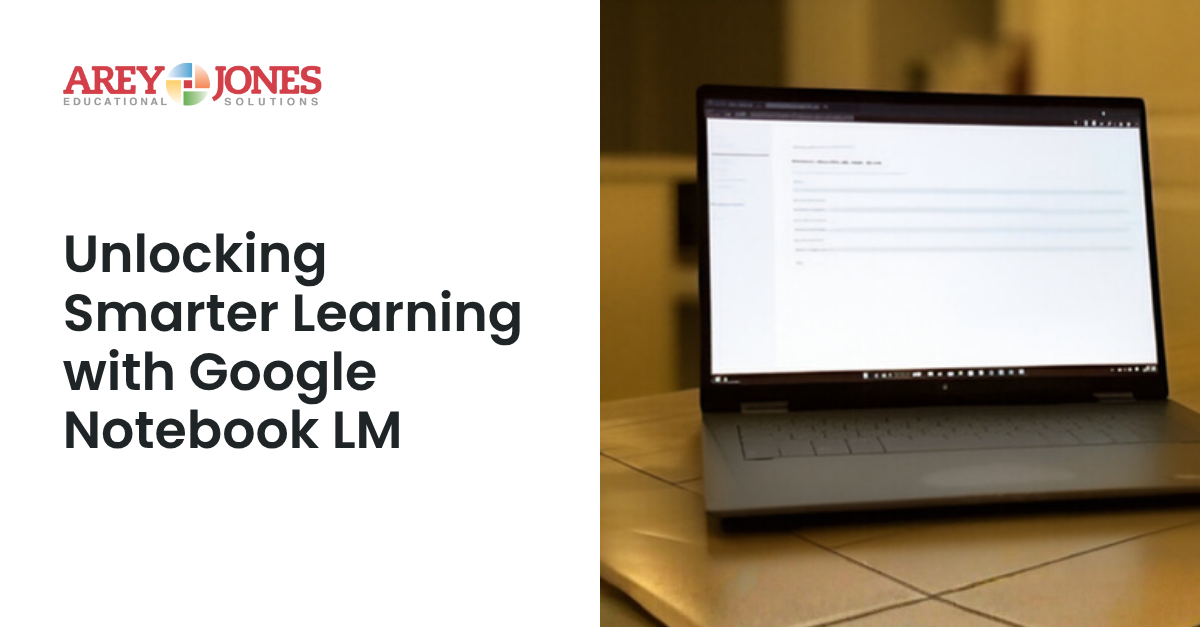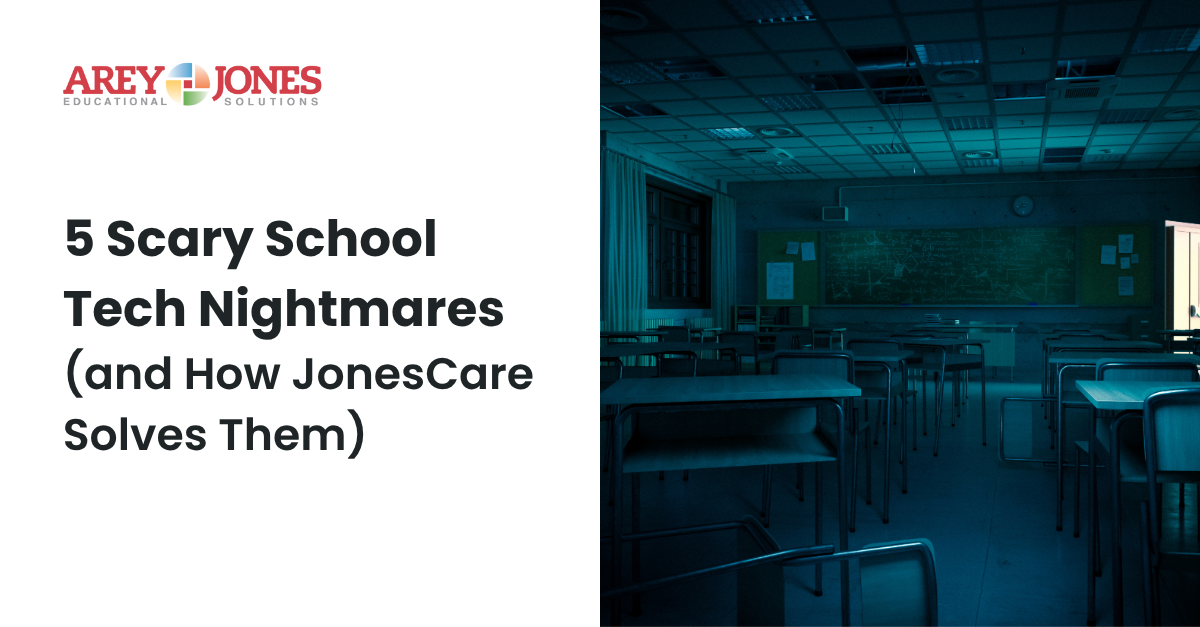Turning School Knowledge into Classroom Insight
In classrooms across the country, educators are discovering new ways to turn information into impact. Google Notebook LM, powered by Gemini AI, helps teachers, students, and administrators make sense of the materials that matter most—while keeping every insight private and grounded in trusted school sources.
Unlike open-web tools, Notebook LM operates in a closed, secure environment. It only references the content you upload—lesson plans, readings, research, or slides—never pulling data from the internet. That means every summary, quiz, or discussion prompt it generates comes directly from your verified materials, with in-line citations for full transparency.
Learning, Reimagined for K-12
Imagine a teacher preparing next week’s lesson. By uploading state standards and class readings, Notebook LM can draft discussion questions, create audio or video overviews, and even design short practice quizzes.
For students, it becomes a personalized study companion—organizing notes, visualizing connections through mind maps, and generating flashcards to reinforce understanding. And because Notebook LM stays within your school’s Workspace environment, data never leaves your domain, ensuring enterprise-grade privacy and security.
IT leaders will appreciate the seamless integration. Google Workspace for Education users can access Notebook LM at no additional cost, with the same safeguards already trusted across classrooms. Upgrading to Workspace with Gemini unlocks expanded analytics, customizable notebook responses, and more ways to visualize engagement—helping districts see how AI supports both teaching and learning.
Guided by Insight, Grounded in Care
As a longtime Google for Education partner, we help districts deploy innovations like Notebook LM safely and effectively. From device provisioning and Chromebook rollout to JonesCare protection and professional enablement, our team ensures that every AI-powered solution serves its purpose—empowering learning, not complicating it.
Smarter insights. Stronger outcomes. A simpler path to student success.
That’s the future of classroom technology—built on trust, powered by Google, and supported by us.














